Distillation Columns
Distillation columns are made up of several components, each of which is used either to transfer heat energy or enhance material transfer. A typical distillation contains several major components:
- a vertical shell where the separation of liquid components is carried out
- column internals such as trays/plates and/or packings which are used to enhance component separations
- a reboiler to provide the necessary vaporisation for the distillation process
- a condenser to cool and condense the vapour leaving the top of the column
- a reflux drum to hold the condensed vapour from the top of the column so that liquid (reflux) can be recycled back to the column
The vertical shell houses the column internals and together with the condenser and reboiler, constitute a distillation column. A schematic of a typical distillation unit with a single feed and two product streams is shown below:
Basic Operation and Terminology
The liquid mixture that is to be processed is known as the feed and this is introduced usually somewhere near the middle of the column to a tray known as the feed tray. The feed tray divides the column into a top (enriching or rectification) section and a bottom (stripping) section. The feed flows down the column where it is collected at the bottom in the reboiler. Bottom sectionHeat is supplied to the reboiler to generate vapour. The source of heat input can be any suitable fluid, although in most chemical plants this is normally steam. In refineries, the heating source may be the output streams of other columns. The vapour raised in the reboiler is re-introduced into the unit at the bottom of the column. The liquid removed from the reboiler is known as the bottoms product or simply, bottoms.
Top sectionThe vapour moves up the column, and as it exits the top of the unit, it is cooled by a condenser. The condensed liquid is stored in a holding vessel known as the reflux drum. Some of this liquid is recycled back to the top of the column and this is called the reflux. The condensed liquid that is removed from the system is known as the distillate or top product.
Thus, there are internal flows of vapour and liquid within the column as well as external flows of feeds and product streams, into and out of the column.
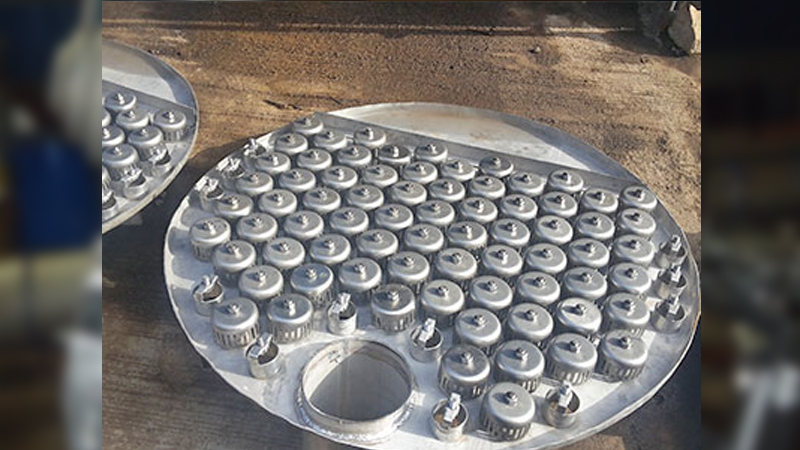
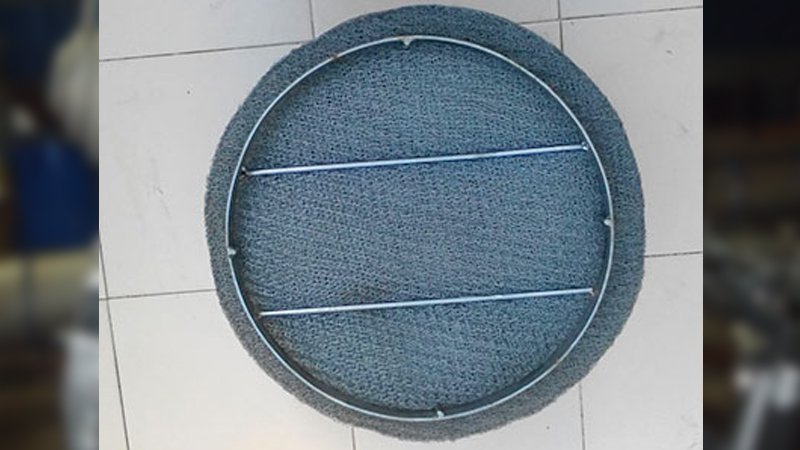
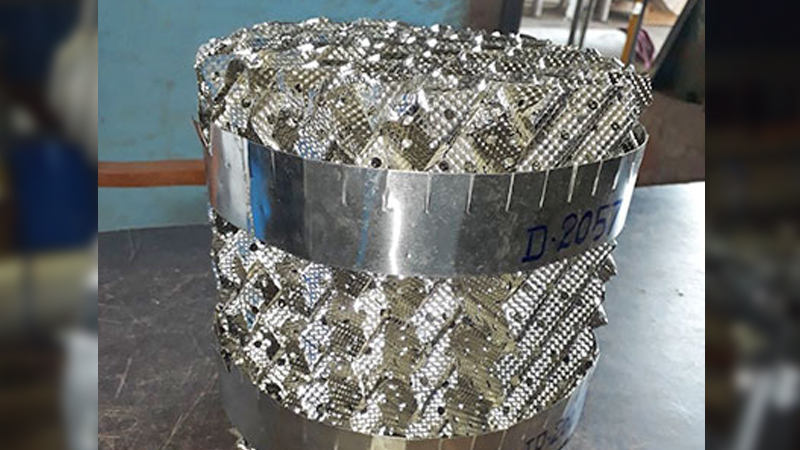
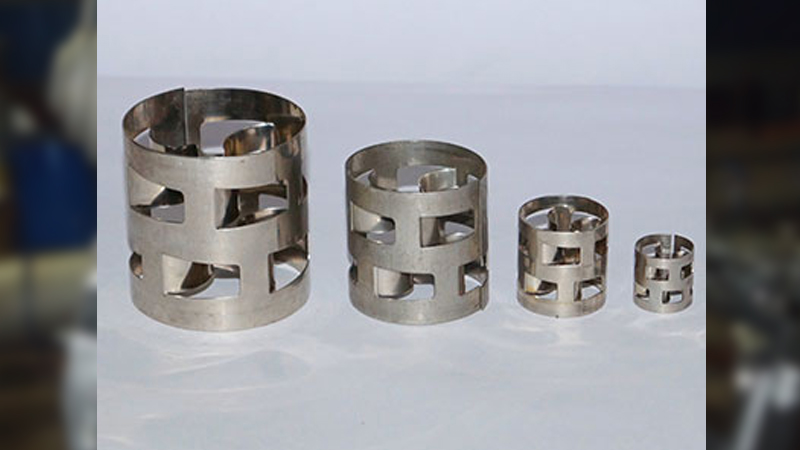
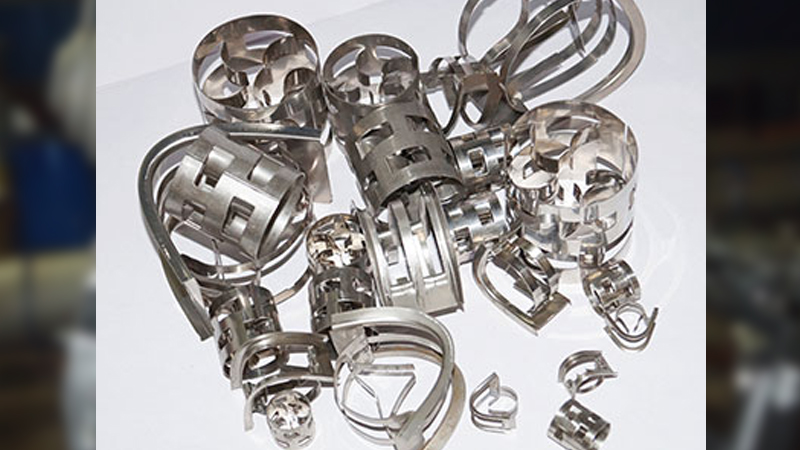
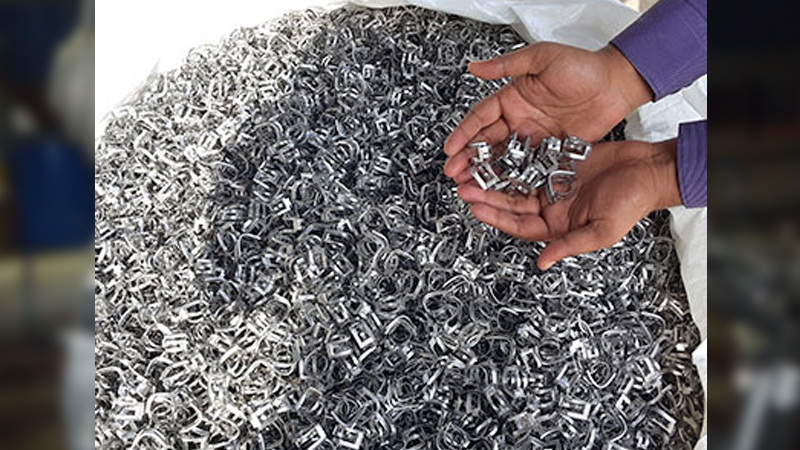
We are here to help you
We’re here to help and answer any question you might have. We look forward to hearing from you. Our team is happy to answer your sales questions. Fill out the form and we’ll be in touch as soon as possible.
Contact Us Now